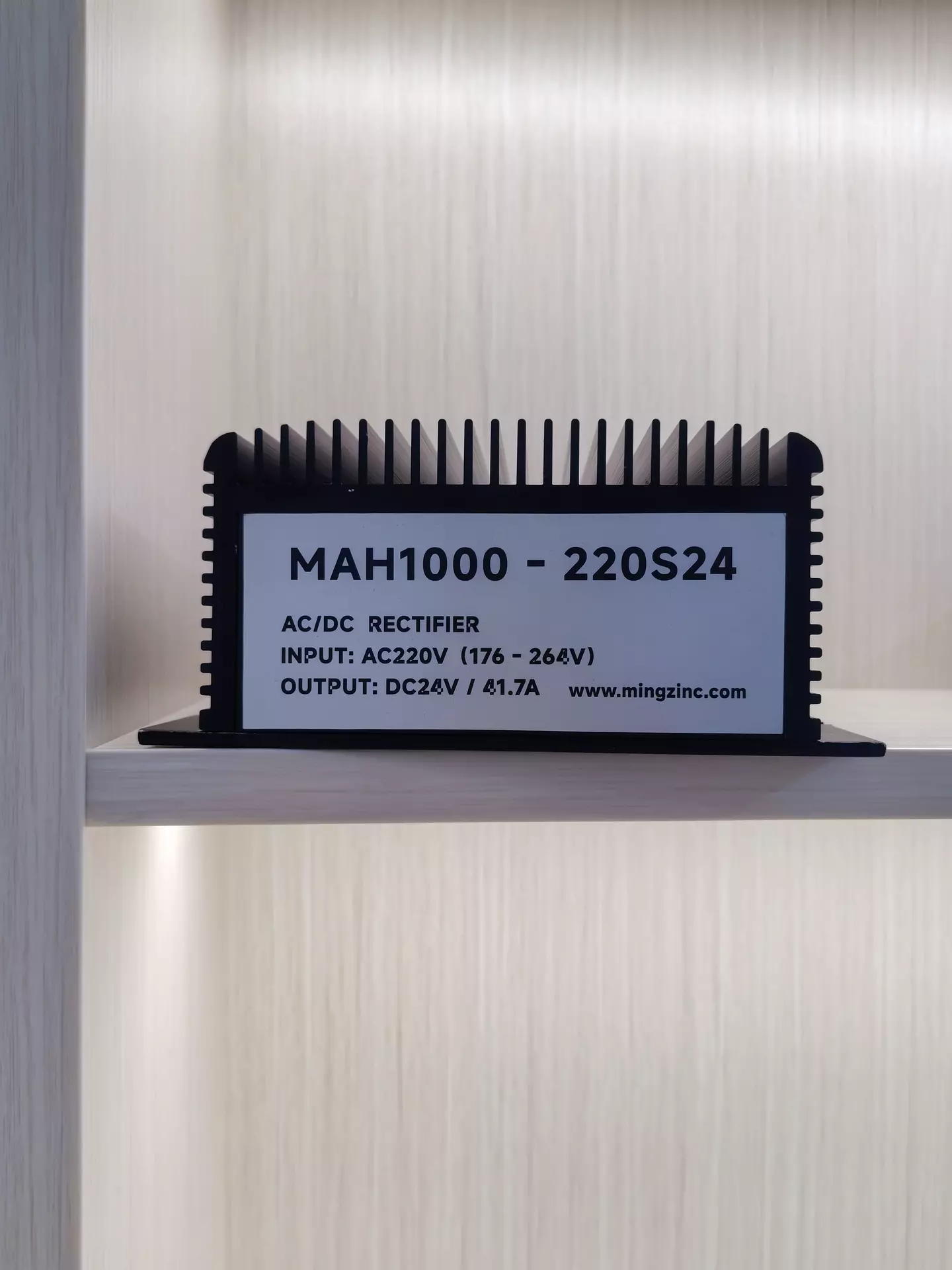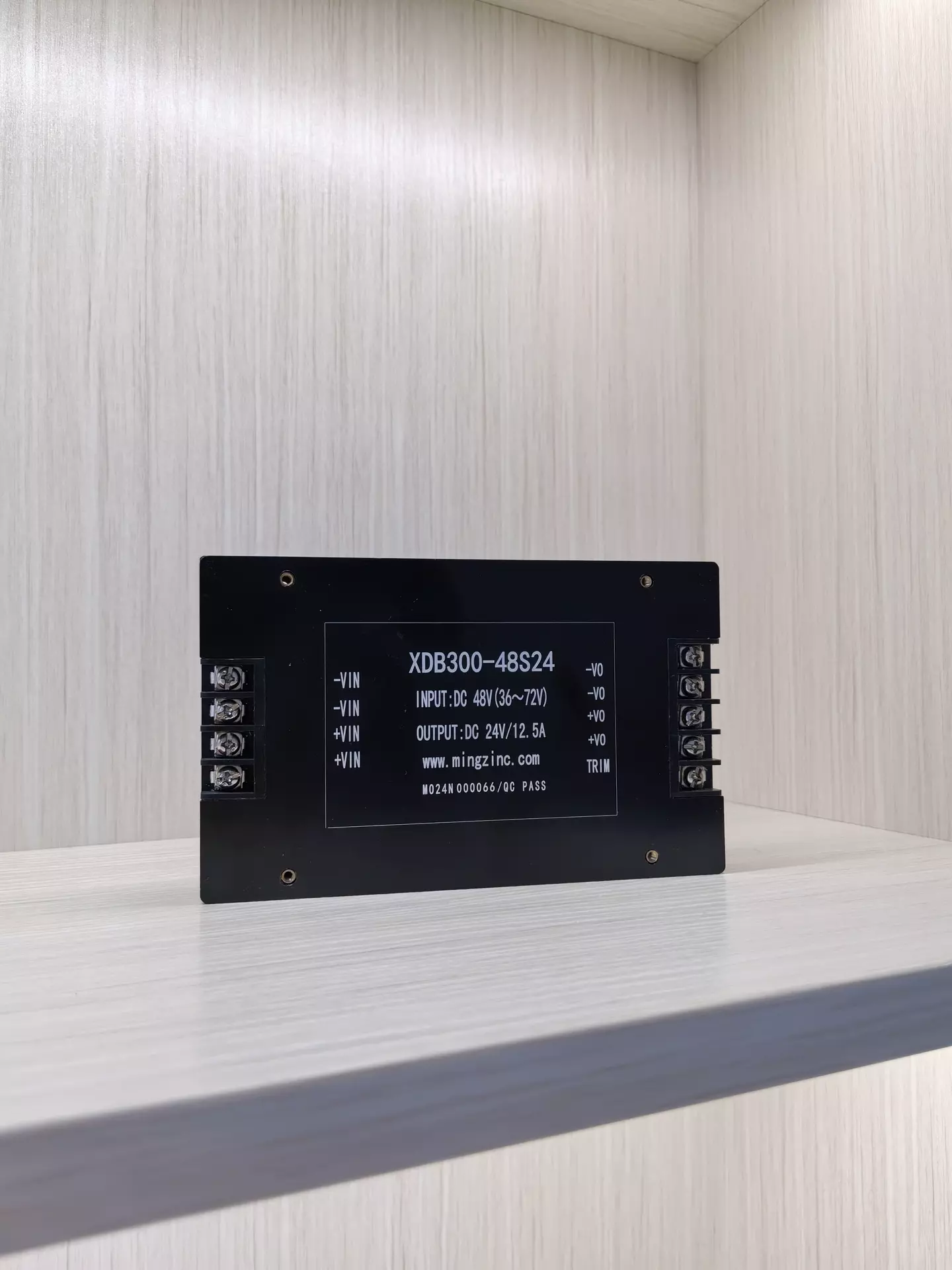Modular Power Supplies in Solar Energy: Enhancing Green Energy Systems with Precision Voltage Regulation
1. Civilization and Environmental Change
1.1 The Environmental Impact of Fossil Fuels
The industrial revolution and subsequent economic growth were heavily powered by fossil fuels—coal, oil, and natural gas. These sources, though energy-dense, have contributed to:
-
Greenhouse gas emissions (CO₂, methane)
-
Acid rain
-
Ocean acidification
-
Health hazards from air pollution
For instance, in 2022 alone, fossil fuel combustion accounted for approximately 36.8 billion metric tons of CO₂ emissions globally (IEA data).
1.2 The Advantages of Clean Energy
Clean energy, especially solar energy, brings multiple advantages:
-
Zero carbon emissions during operation
-
Renewable and abundant source
-
Reduction in long-term energy costs
-
Less strain on national power grids
1.2.1 Types of Green Energy
-
Solar Energy: Converts sunlight into electricity; scalable for residential to industrial use
-
Wind Energy: Harvests wind through turbines; effective in coastal or open plain regions
-
Hydropower: Generates energy from flowing water; highly stable but site-specific
-
Geothermal: Uses Earth’s internal heat; reliable but geographically limited
-
Biomass: Converts organic material into energy; low carbon but may emit particulates
1.3 The Future and Penetration Rate of Solar Energy
According to the International Renewable Energy Agency (IRENA), solar energy contributed 1,305 GW of the global installed renewable capacity by 2023. Countries leading solar adoption:
-
China: Over 550 GW installed; major investment in grid-scale farms and solar villages
-
USA: 175 GW+ installed; strong residential and utility-scale growth, especially in California and Texas
-
India: 70 GW+; aggressive national solar mission to reach 280 GW by 2030
-
Germany: 70 GW+; leading per-capita solar usage in Europe
-
Australia: World’s highest residential solar penetration (>30%)
2. Global Solar Equipment Import and Export Trends (2010–Present)
2.1 Top Solar Importing Countries (2010–2024)
Solar equipment imports primarily include PV modules, inverters, MPPT controllers, and voltage regulators. Based on WTO and national customs data, the top importers are:
| Rank | Country | Key Solar Imports | Reason |
|---|---|---|---|
| 1 | USA | Modules, inverters | Demand from utility-scale and rooftop projects |
| 2 | Germany | Panels, regulators | Early solar adopter, upgrading old systems |
| 3 | India | Full systems | Rapidly scaling solar parks |
| 4 | Japan | Panels, hybrid inverters | Focus on residential solar post-Fukushima |
| 5 | Netherlands | Modules, microinverters | EU distribution hub |
| 6 | Brazil | Panels, off-grid kits | Growth in remote rural electrification |
| 7 | UK | Panels, battery inverters | Post-Brexit energy independence |
| 8 | South Korea | Panels, BMS units | Government-supported solar schemes |
| 9 | France | Inverters, MPPTs | Expanding domestic clean energy production |
| 10 | Mexico | All types | Industrial solar and proximity to US supply chain |
2.2 Top Solar Exporting Countries (2010–2024)
| Rank | Country | Notable Exports | Notes |
|---|---|---|---|
| 1 | China | Panels, modular power supplies | World’s largest manufacturer (70% global share) |
| 2 | Vietnam | Modules | Competitive alternative to China due to tariffs |
| 3 | Malaysia | Panels, converters | Export base for US/EU compliance |
| 4 | Germany | Inverters, regulators | High-end European electronics |
| 5 | Taiwan | Panels, components | Specialist in high-efficiency cells |
| 6 | South Korea | BMS, inverters | Quality-focused market |
| 7 | Thailand | Solar kits | Fast-growing OEM base |
| 8 | USA | Inverters, batteries | Domestic manufacturing push (Inflation Reduction Act) |
| 9 | Mexico | Assembly kits | Logistics advantage for Latin America |
| 10 | Japan | Advanced systems | Small-scale premium systems export |
3. Applications of Modular Power Supplies in Solar Energy
3.1 Main Types of Modular Power Supplies Used in Solar Applications
-
DC-DC Converters: Step up/down voltage from solar panels to match load or battery voltage
-
AC-DC Converters: Convert grid AC to DC for storage or control systems
-
Voltage Regulators: Maintain stable output voltage despite solar input fluctuations
-
Isolated Power Modules: Provide electrical separation for sensitive control circuits
-
MPPT Modules: Maximize power harvested from varying sunlight intensities
Check out our products to find the right one for you: https://www.mingzinc.com/products
Example Applications:
-
Off-grid solar farms: Use high-voltage DC-DC converters with isolation
-
Residential rooftops: Require compact AC-DC converters for smart meters
-
BIPV (Building-Integrated Photovoltaics): Custom regulators integrated into walls/windows
3.2 What Happens If Modular Power Supplies Are Not Used?
-
Voltage instability → Shortens component life
-
Power loss → Efficiency drops 10–30%
-
Safety risks → Overload, overheating, or fire
-
Incompatibility → With batteries, microgrids, or electric vehicles
4. Types of Modular Power Supplies and Selection Guidelines
4.1 How to Choose Based on Application
| Use Case | Recommended Module |
|---|---|
| Off-grid solar | High-efficiency DC-DC with wide input range |
| Grid-tied | Smart AC-DC with PFC and surge protection |
| Battery systems | Bidirectional DC-DC for charging/discharging |
| EV Solar Chargers | Fast-switching isolated converters |
| Smart Lighting | Low-power modules with dimming control |
Recommended for you:Module Power Supply: Applications Across Industries
4.2 Can Modular Power Supplies Be Customized?
Yes. Customization options include:
-
Input/output voltage range (e.g., 100–1000V)
-
Power level (10W–10kW+)
-
Thermal design (fanless, heat sink, liquid-cooled)
-
Form factor (DIN-rail, PCB mount, chassis type)
-
Special features (EMC filters, redundancy, remote monitoring)
4.3 What Makes a Good Modular Power Supply for Solar?
-
>90% Efficiency (especially under partial load)
-
Low ripple & noise (important for sensitive MPPT and control circuits)
-
Robust protection (OVP, UVP, SCP, OTP)
-
High MTBF (>500,000 hours)
-
Certifications: CE, RoHS, UL, TUV for global markets
-
Green Design: Low standby power, recyclable materials
Recommended for you:Module Power Supply: A Comprehensive Guide to Module Power Supply Types: Functions & Applications
5. Conclusion
The solar energy boom is more than a trend—it's a global movement toward sustainable and green energy. For these systems to operate efficiently and reliably, high-quality modular power supplies are indispensable. Whether it's voltage regulation for inverters, intelligent battery management, or system optimization, the right modular power solution ensures safety, longevity, and performance. Investing in reliable, customizable, and efficient modular power is investing in the future of solar energy.







